Chemistry
Sign up for our newsletter
We summarize the week's scientific breakthroughs every Thursday.
-
 Materials Science
Materials ScienceOld chemistry gives jolt to modern batteries
Chemical reactions discovered in the 19th century improve the performance of futuristic batteries.
-
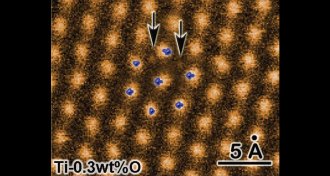 Materials Science
Materials ScienceOxygen sneaks into titanium, making it brittle
Oxygen atoms trigger defects in titanium’s atomic structure, making the metal brittle.
By Beth Mole -
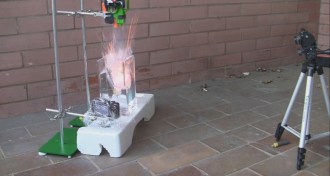 Chemistry
ChemistrySodium and other alkali explosions finally explained
A high-speed camera snaps sharp details of how alkali metals explode in water — a classic, but until now, not fully explained chemical reaction.
By Beth Mole -
 Chemistry
ChemistryRetraction looms for brute-force chemistry study
A 2011 study on tearing apart ring-shaped molecules is set to be retracted following a misconduct investigation.
By Beth Mole -
 Chemistry
ChemistryNylon goes green
A new simple chemical reaction makes manufacturing nylon less harmful to the planet.
By Beth Mole -
 Chemistry
ChemistryEarly asteroid impacts may have aided life’s origin
RNA ingredients found in laser-induced simulation of explosions.
By Beth Mole -
 Chemistry
ChemistryRadioactive fuel turns to goo during nuclear meltdown
Experiments reveal the atomic rearrangements that occur within uranium dioxide when nuclear reactors fail.
By Beth Mole -
 Materials Science
Materials ScienceBatteries become safe to swallow with spongy covering
Quantum-inspired coating switches from a conductor to an insulator to prevent injury from swallowed batteries.
By Beth Mole -
 Chemistry
ChemistryAtom breaks limit of lost electrons
An iridium atom sets the record for highest oxidation state at +9.
By Beth Mole -
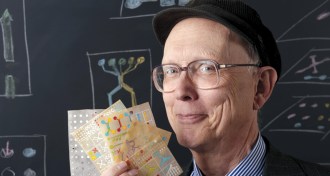 Chemistry
ChemistryChemist tackles complex problems with simplicity
Harvard chemist George Whitesides applies his unique problem-solving philosophy to creating new diagnostic devices for the developing world.
By Sam Lemonick -
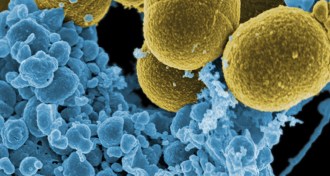 Life
LifeCells make their move with their ‘skeletons’
A close look at exactly what makes cells move could lead to better defenses against the spread of cancer and improved wound healing.
-
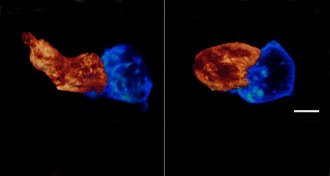 Tech
TechNew microscope gives clear view inside cells
By splitting beams of light, a new microscopy technique can capture activity inside a cell.
By Meghan Rosen